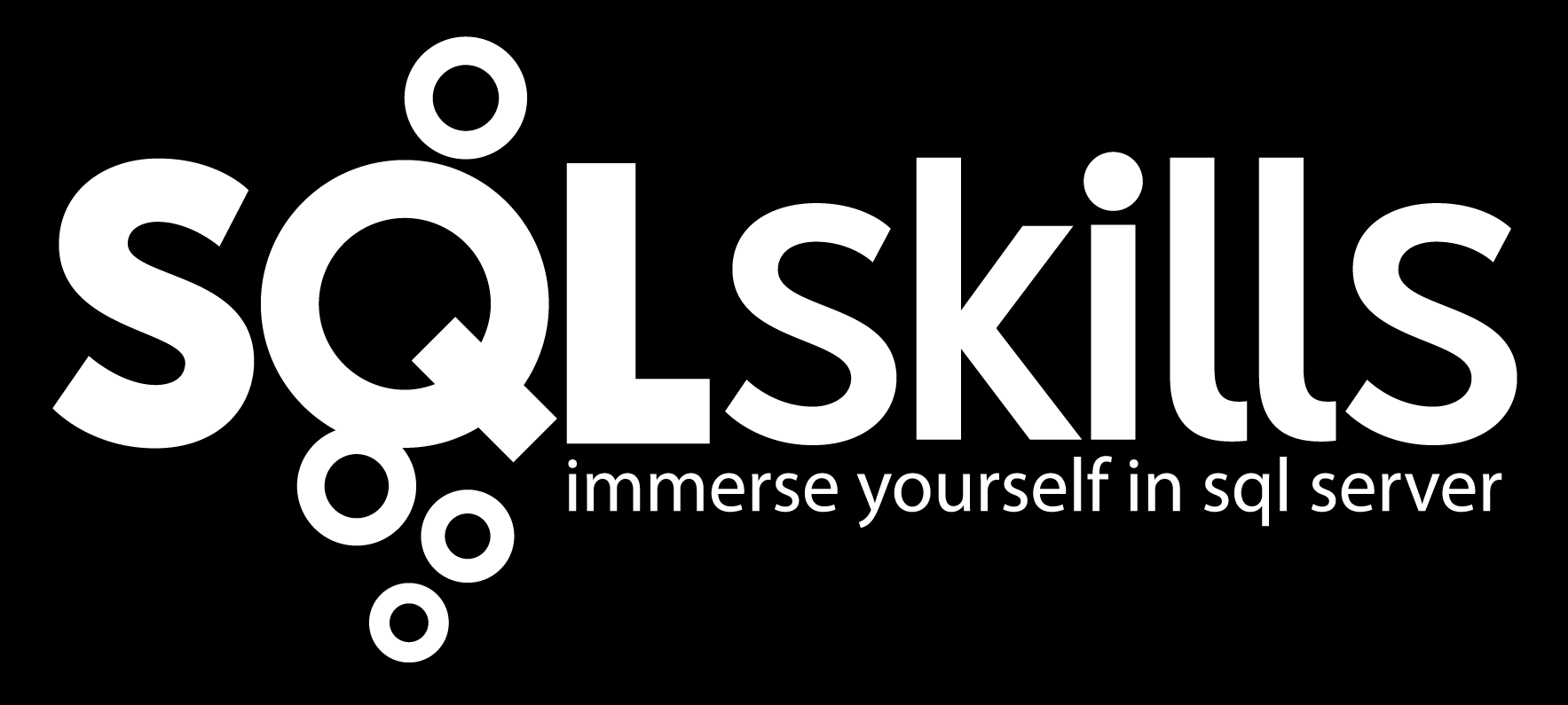I answered a question on the beta newsgroups last week about OSD and RSD (remember them?) by saying that those features had been pushed out into the future. The person then asked if the material in chapter 14 of our first look book had any practical value. I must admit that you can't cut and paste the examples and run them in the upcoming release. I don't know anything concrete about feature futures yet, so here's the long answer… from last week.
The features in chapter 13 and 14 were postponed, so they may appear in
future implementations. I used to tell folks those chapters are "very
futuristic". 😉 They may not appear line-for-line, class-for-class, the way
I coded them. But let's see where they are today without guessing at future.
ObjectSpaces was moved to the WinFS group. AFAIK (blogs and official notice)
it may not appear in WinFS as exactly the same implementation. In the last
WinFS public beta, OPath was/is the WinFS query language. Can't say what the
status of it all is today. There is no OSD or RSD in .NET 2.0.
Object-relational mapping as a concept has been around since there were
relational databases and object-oriented programming. Whether
codification/generalization of it into a product is a good idea is a subject
of *endless* debate, which I *don't* want to start again here. Some of the
products, past and present, have suffered from performance issues. But the
fact remains that if you are using relational data and object classes on the
client to consume/format/present that data, you are likely doing
object-relational transformation (even if it is very shallow) to some
extent.
System.Xml.Serialization is the preferred codification of XML-object mapping
in the .NET framework today. There is also the implementation in
System.Remoting.
The concept and implementation of a "query-intermediate language" mentioned
in chapter 13 was used in .NET 2.0 in XmlCompiledTransform class.
Client-side XQuery in .NET 2.0 was postponed because the spec is not
finished yet. Many implementations of XML consumers use a single library to
permit XPath/XSLT/XQuery in the same exe, probably don't use the
intermediate language concept, but use something coneptually similar. There
is no XSD/RSD mapping in .NET 2.0.
XML-relational mapping is in SQL Server 2005 in the guise of:
1. SELECT … FOR XML
2. OpenXml and xml.nodes
3. SQLXML4 (which is part of SQL Server 2005)
4. SQLXML3 (which is still supported)
5. XML Web Services
There is an ISO/ANSI spec SQL2003 part 14, that codifies some/most/all of
these mapping concepts. In addition to SQL Server's implementation (in 2000
and 2005) other databases have similar but different ways of approaching
this problem.
So the class names, product/feature names, and implementation may change,
but the concepts and data models remain the same. As does the use of
multiple data models in the same programming project.
Hope this helps.

One thought on “Whatever happened to…”
Hi Bob,
Thanks for the great explanation to my question. I follow your posts 😉
Leila
Comments are closed.